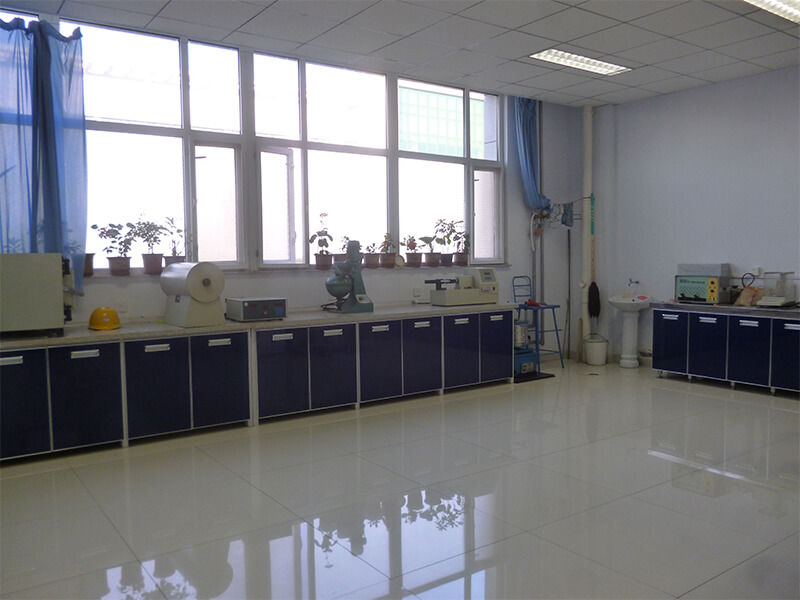Dùbh . 16, 2024 15:40 Back to list
cast aluminum yield strength
Understanding Cast Aluminum Yield Strength
Cast aluminum is a versatile material frequently used in various industries, including automotive, aerospace, and consumer products, due to its excellent mechanical properties and lightweight characteristics. One of the critical properties of cast aluminum is its yield strength, which measures the material's ability to withstand deformation under load. This article explores what yield strength is, factors affecting the yield strength of cast aluminum, its importance in applications, and how it can be optimized.
What is Yield Strength?
Yield strength is defined as the amount of stress at which a material begins to deform plastically. Before reaching yield strength, aluminum will deform elastically, meaning that it will return to its original shape once the load is removed. However, when the stress exceeds the yield strength, permanent deformation occurs. For cast aluminum alloys, yield strength is typically expressed in megapascals (MPa) or pounds per square inch (psi).
Factors Affecting Yield Strength in Cast Aluminum
Several factors can influence the yield strength of cast aluminum
1. Alloy Composition The specific alloying elements present in aluminum can significantly affect its mechanical properties. Common alloying elements include silicon, copper, magnesium, and zinc. For example, aluminum-silicon alloys (like A356) generally exhibit higher yield strength compared to other alloys due to the presence of silicon, which enhances fluidity and reduces shrinkage during the casting process.
2. Casting Method The method used to cast aluminum can also impact its yield strength. Processes such as sand casting, investment casting, and die casting each have their own advantages and limitations. For instance, die casting typically produces denser components with fewer defects, resulting in higher yield strength.
3. Heat Treatment Heat treatment can significantly enhance the yield strength of cast aluminum. Processes such as solution heat treatment, aging, and quenching can improve the microstructure of the alloy, leading to increased strength. For example, T6 tempering involves solution heat treatment followed by aging, which can nearly double the yield strength of some aluminum alloys.
4. Microstructure The grain structure of cast aluminum affects its overall strength. Fine-grained microstructures tend to yield higher strength than coarse-grained structures due to the greater resistance to dislocation movement.
cast aluminum yield strength

5. Porosity and Defects The presence of pores, inclusions, or other defects in the cast material can weaken the overall structure and decrease yield strength. Therefore, controlling the casting process to minimize these defects is crucial for achieving optimal mechanical properties.
Importance in Applications
The yield strength of cast aluminum is particularly crucial in applications subjected to load-bearing conditions. In the automotive industry, for instance, components such as engine blocks, transmission housings, and structural parts must possess adequate yield strength to ensure safety and durability. In aerospace, high-yield-strength aluminum alloys are essential for aircraft structural components that must withstand significant stresses while minimizing weight.
Optimizing Yield Strength
To optimize the yield strength of cast aluminum, manufacturers can take several approaches
- Selecting the Right Alloy Choosing the appropriate aluminum alloy for specific applications helps achieve the required yield strength without unnecessary costs.
- Refining the Casting Process By employing advanced casting techniques and technologies, manufacturers can reduce porosity and improve the overall microstructure.
- Implementing Heat Treatment Protocols Utilizing effective heat treatment methods can significantly enhance the yield strength and overall performance of the cast aluminum components.
Conclusion
In summary, the yield strength of cast aluminum is a vital property that influences its performance in various applications. Understanding the factors that affect yield strength, including alloy composition, casting methods, and heat treatment, allows manufacturers to produce components with optimal mechanical properties. By addressing these factors, the aerospace, automotive, and manufacturing industries can continue to leverage the lightweight and strong characteristics of cast aluminum, leading to innovations and advancements in technology.
-
Centrifugally Cast Iron Water Main Pipe | Ductile Iron Solutions
NewsAug.24,2025
-
Durable Cast Steel Concrete Pipe Mold Bottom Rings & Base Trays
NewsAug.23,2025
-
Centrifugally Cast Iron Water Main Pipe for Reliable Mains
NewsAug.22,2025
-
Durable Centrifugally Cast Iron Water Main Pipe
NewsAug.11,2025
-
Centrifugally Cast Iron Water Main Pipes for Reliability
NewsAug.10,2025
-
High-Quality Centrifugally Cast Iron Water Main Pipes
NewsAug.09,2025


